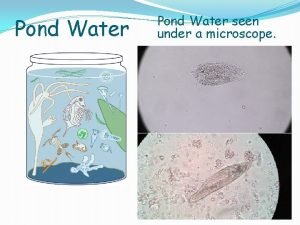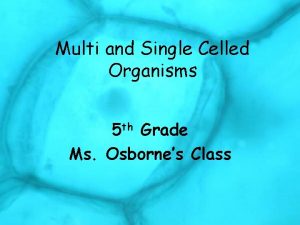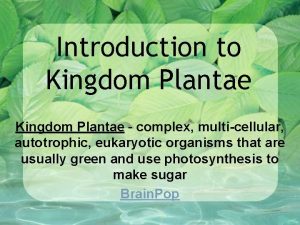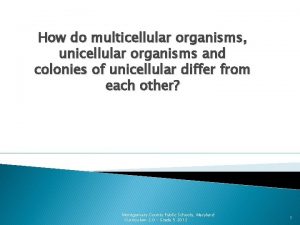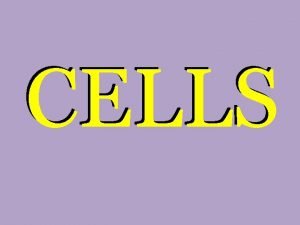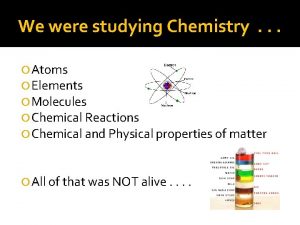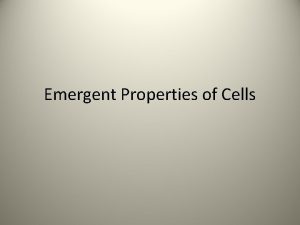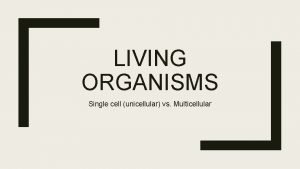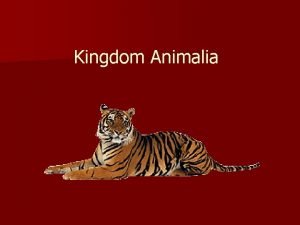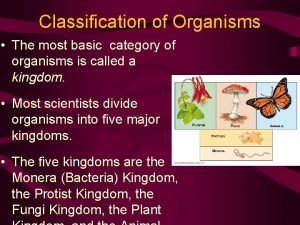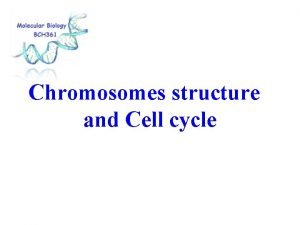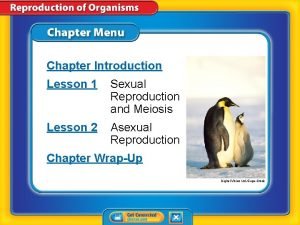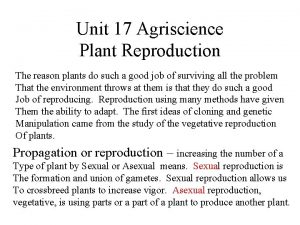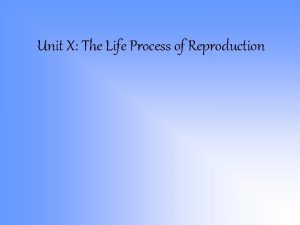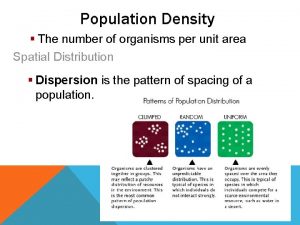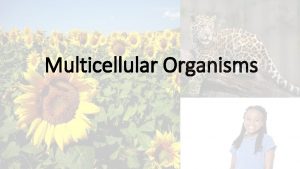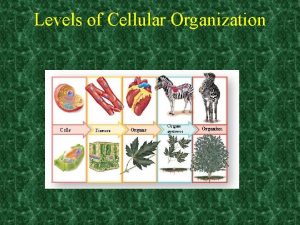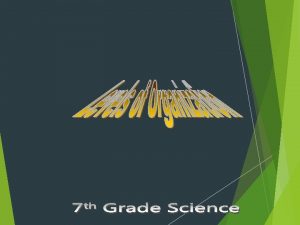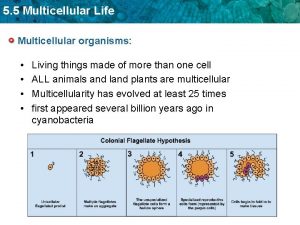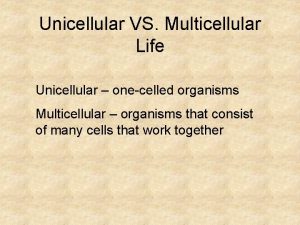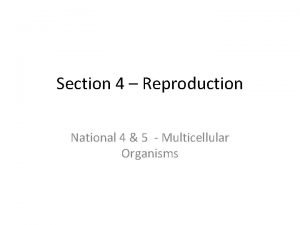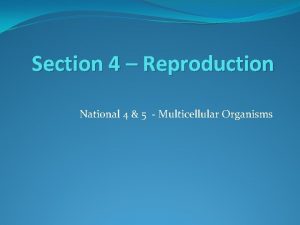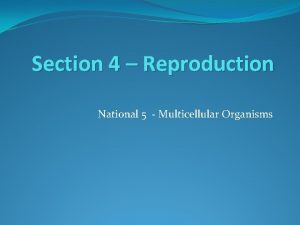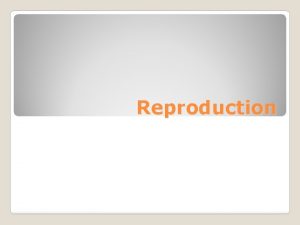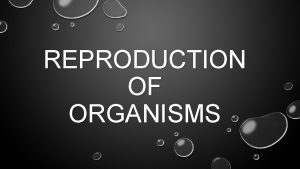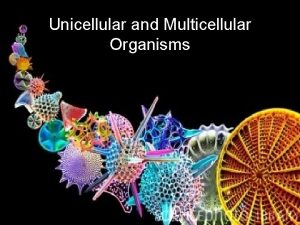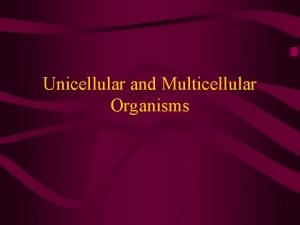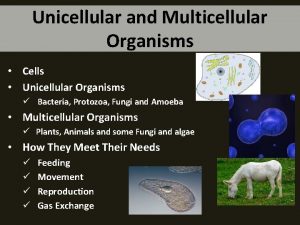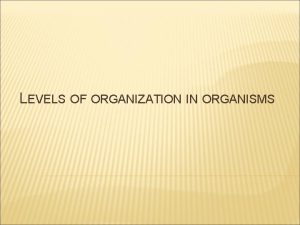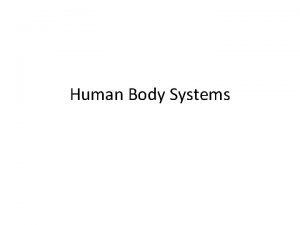National 5 Unit 2 Multicellular Organisms Reproduction and


























- Slides: 26

National 5 Unit 2 Multicellular Organisms Reproduction and Inheritance

Learning Outcomes • Explain that gametes (sex cells) are haploid. • State that sperm are the male gametes in animals and that they are produced in the testes. • Describe the structure of sperm • State that pollen are the male gametes in plants and that they are produced in anthers. • Describe the structure of pollen • State that eggs (ova) are the female sex cell in animals and that they are produced in ovaries. • State that eggs (ovules) are the female sex cell in plants and that they are produced in ovaries. • State that fertilisation is the fusion of the nucleus of the male gamete with the nucleus of the female gamete resulting in a diploid cell called a zygote.

What is Reproduction? All living things reproduce. Humans use sexual reproduction to produce their young. In order to do this, the two parents (male and female) have different reproductive systems and organs that produce different sex cells.

The female reproductive system

The male reproductive system

Roles of the reproductive system

Sex cells – sperm In males, the sex cells are called sperm. tail middle piece cell membrane head nucleus containing DNA Sperm are produced in sex organs called testes.

Sex cells – egg In females, the sex cells are called eggs. nucleus containing DNA cytoplasm membrane jelly coat Eggs are produced in sex organs called ovaries.

Sex cells - Gametes • Female • egg / ovum • does not move on its own • large • foodstore present • made in ovaries • Male • sperm • swims using tail • very small • no foodstore • made in testes

Ovulation and fertilisation In a female, one of the ovaries produces an egg approximately every 28 days. This is called ovulation. During sexual intercourse, millions of sperm are ejaculated into the vagina. If a sperm meets the egg, the sperm’s nucleus can join with the egg’s nucleus. The fusing of the two nuclei is called fertilisation.

Fertilisation and implantation

Fertilisation in Mammals • http: //www. twigonglow. com/films/glossary/fer tilisation-260/ • http: //www. twigonglow. com/films/glossary/zyg ote-274//

Sexual Intercourse and Fertilisation (5) Embryo implants in uterus and grows (3) Egg divides in two (4) Ball of cells formed (2) Sperm fertilises egg (1) Egg released from ovary

Fertilisation in Mammals Day 3 Day 0 Day 4 Day 7 Egg released by ovary

Menstruation An important part of puberty for girls is the beginning of their monthly cycle. This is known as the menstrual cycle. The menstrual cycle involves the preparation of the uterus lining so that it can receive a fertilized egg. If an egg is fertilized, it can implant itself in the prepared uterus lining. If the egg is not fertilized, the lining of the uterus breaks down and is lost from the body. This is called menstruation, or a period.

Asexual reproduction in plants • It is possible for plants to reproduce asexually i. e. without flowers or fertilisation. • It can occur naturally or as a result of propagation by growers • Sexual reproduction also occurs in plants • The FLOWER contains the both the male and female reproductive organs of a plant. • Flowers of different plants may not be exactly alike, but they are built to the same basic plan.

Asexual Reproduction • Asexual reproduction only needs one parent, unlike sexual reproduction, which needs two parents. Since there is only one parent, there is no fusion of gametes and no mixing of genetic information. As a result, the offspring are genetically identical to the parent and to each other: in other words, they are clones. Runners

Looking Inside a Flower

Flower Show Petals Stigma catches pollen grains attract insects Style pollen tube grows down through this Ovary contains ovules Anther pollen made here Ovule becomes a seed when joined with pollen

Structure Function Sepal protect the unopened flower bud Petal may be brightly coloured to attract insects Stamen the male parts of the flower consisting of the anther held up on the filament Anther produce male sex cells (pollen grains). Stigma the top of the female part of the flower which collects pollen grains Ovary produces the female sex cells (ovules) Nectaries produce sugary nectar which attracts insects

Gamete formation in flowering plants Flowers are the organs of sexual reproduction in plants. Usually the male and female reproductive organs are both present in the same flower. Pollen grains contain the plant's male sex cells and are produced in the anthers. Ovules contain the plant's female sex cells and are produced in the ovary. http: //www. twigonglow. com/films/glossary/ovule-427/ http: //www. twigonglow. com/films/glossary/pollen-433//

Insect Pollination These plants often have flowers that are brightly c oloured and scented. The pollen from the anther sticks to the insect’s body while it is sucking nectar from the flower. The pollen gets brushed on to the style of the flower.

Wind Pollination Feathery stigma The wind blows the smooth pollen off the anther onto the feathery stigmas, which hang outside the flower so they can easily catch the pollen. As these plants don’t rely on insects, the petals are in colour.


Fertilisation Pollen grain Stigma Style Pollen tube Nucleus Ovary Ovule

The zygote formed becomes an embryo which later grows into a plant containing genetic material from both the male and the female parents
 What are unicellular and multicellular organisms
What are unicellular and multicellular organisms Multicellular organisms images
Multicellular organisms images How are unicellular and multicellular organisms alike
How are unicellular and multicellular organisms alike Unicellular organims
Unicellular organims Organism examples
Organism examples Single celled life form
Single celled life form Hare lynx
Hare lynx Give the example of multicellular organisms
Give the example of multicellular organisms Multicellular eukaryotic autotrophic organisms
Multicellular eukaryotic autotrophic organisms Multicellular organisms
Multicellular organisms What is cell called
What is cell called Multicellular organisms
Multicellular organisms Multicellular organisms
Multicellular organisms Multicellular organisms
Multicellular organisms Why do multicellular organisms have emergent properties
Why do multicellular organisms have emergent properties Are living things unicellular or multicellular
Are living things unicellular or multicellular Exoskeletonn
Exoskeletonn Kingdoms that contain consumers
Kingdoms that contain consumers Cell division in multicellular organisms
Cell division in multicellular organisms The disadvantages of sexual reproduction
The disadvantages of sexual reproduction Asexual and sexual reproduction venn diagram
Asexual and sexual reproduction venn diagram Connecting the concepts sexual reproduction
Connecting the concepts sexual reproduction Example sexual reproduction
Example sexual reproduction Member of the same species
Member of the same species Unit 17 plant reproduction
Unit 17 plant reproduction Reproduction unit
Reproduction unit The number of organisms per unit area
The number of organisms per unit area




